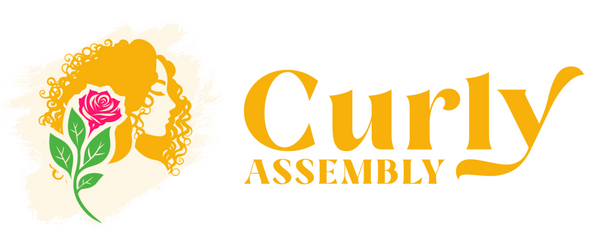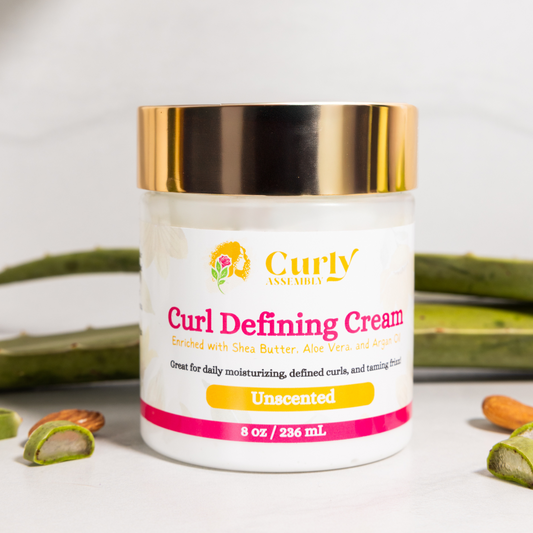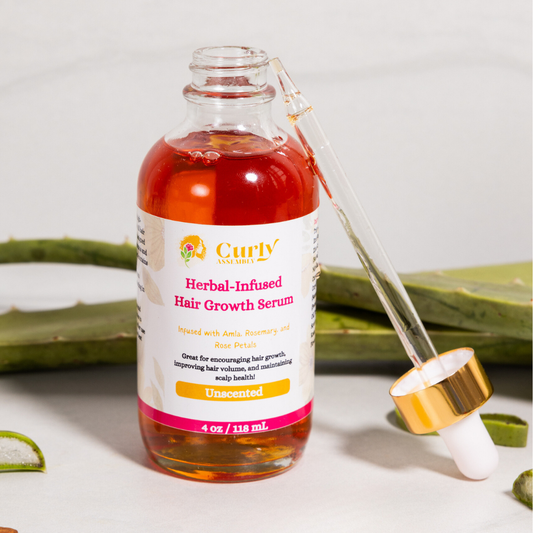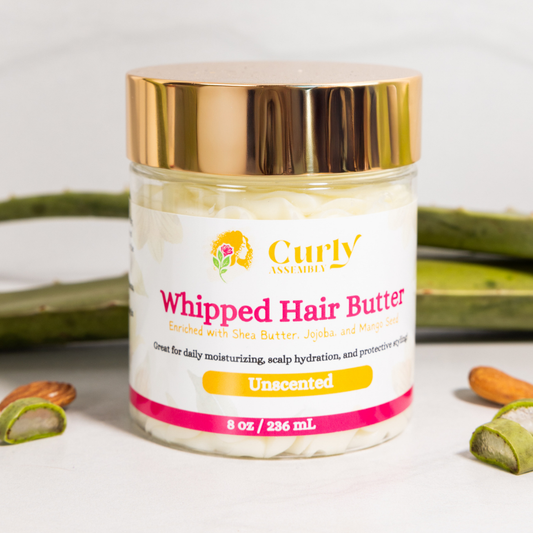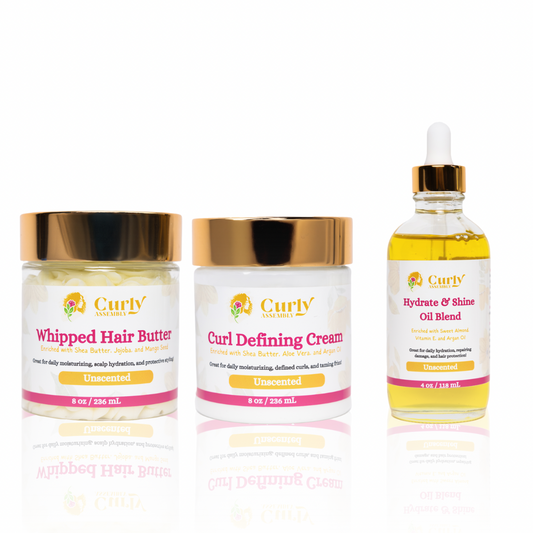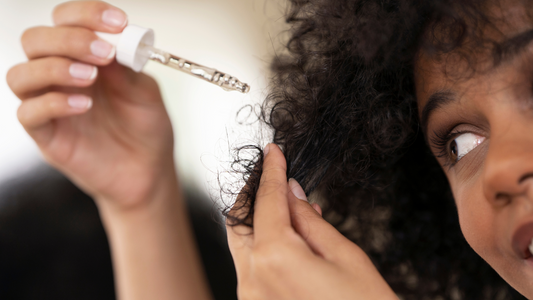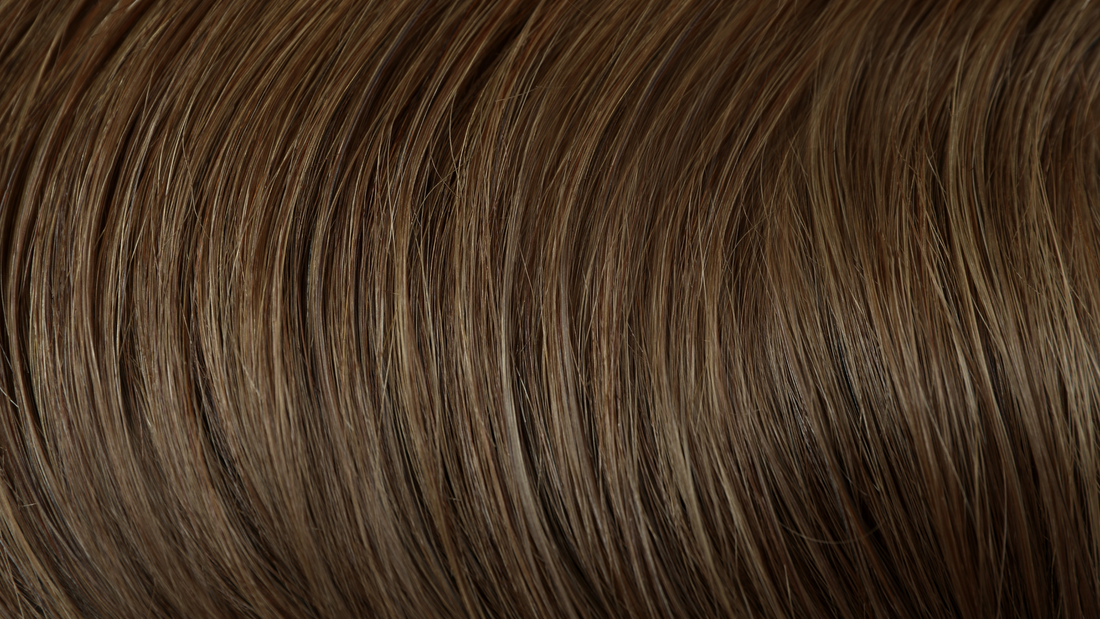
Why You Should Rethink Chemical Hair Straightening
For decades, many people have relied on chemical hair straighteners to achieve sleek, smooth hair. However, recent research has shed light on the serious health risks associated with these products, particularly for Black women who use them at higher rates. If you’ve been considering chemical straightening or currently use these products, it’s crucial to understand the potential dangers and safer alternatives.
What Are Chemical Hair Straighteners?
Chemical hair straighteners, also known as relaxers, work by breaking the protein structure of curly hair to permanently straighten it. Unlike heat styling, the effects of these treatments last until the hair grows out. While this might seem like an easy solution for managing curls, these products contain a mix of harsh chemicals that can have serious consequences for both hair health and overall well-being.
According to California’s Department of Toxic Substances Control, some of the harmful ingredients in chemical straighteners include formaldehyde, parabens, sodium hydroxide, phthalates, and benzophenone-3. These chemicals have been linked to increased risks of breast cancer, uterine cancer, fibroids, and endometriosis. A 2022 National Institute of Health (NIH) study even found that women who frequently used chemical straighteners had more than double the risk of developing uterine cancer compared to those who didn’t.
The Harmful Side Effects of Chemical Hair Straightening
According to Consumer Notice, chemical straighteners also take a toll on your hair and scalp. Some of the most common side effects include:
- Hair thinning and breakage
- Scalp burns and irritation
- Increased frizz over time
- Hair discoloration
- Allergic reactions and eczema
Additionally, over-processing hair with chemical treatments weakens the hair shaft, leading to long-term damage that can be difficult to reverse. This is why many people who chemically straighten their hair eventually experience extreme dryness, shedding, and scalp inflammation.
Safer Alternatives to Chemical Straighteners
The good news? You don’t have to put your health or hair at risk for sleek, manageable styles. Consumer Notice provides many natural alternatives that allow you to embrace and enhance your curls without damaging chemicals.
- Heat Styling with Protective Products: While frequent heat styling can cause some damage, using a heat protectant and keeping temperatures moderate can minimize risk.
- Curl-Enhancing Products: Natural haircare products—like those we offer at Curly Assembly—are designed to hydrate, define, and strengthen curls without the need for harsh chemicals.
-
Protective Styles: Braids, twists, and other protective hairstyles help retain moisture while reducing the need for constant manipulation.
Research continues to confirm what many of us in the natural haircare community have known for years—chemical hair straighteners are not worth the risk. The potential for severe health complications, combined with the long-term damage they cause to hair, makes them an option that many are now choosing to leave behind.
At Curly Assembly, we believe in celebrating the beauty of natural curls while prioritizing hair health. If you’re looking for safe and effective ways to manage your curls, check out our collection of natural haircare products designed to nourish and protect your hair—without the risk.
Have you made the switch to natural hair? We’d love to hear your journey in the comments below!
